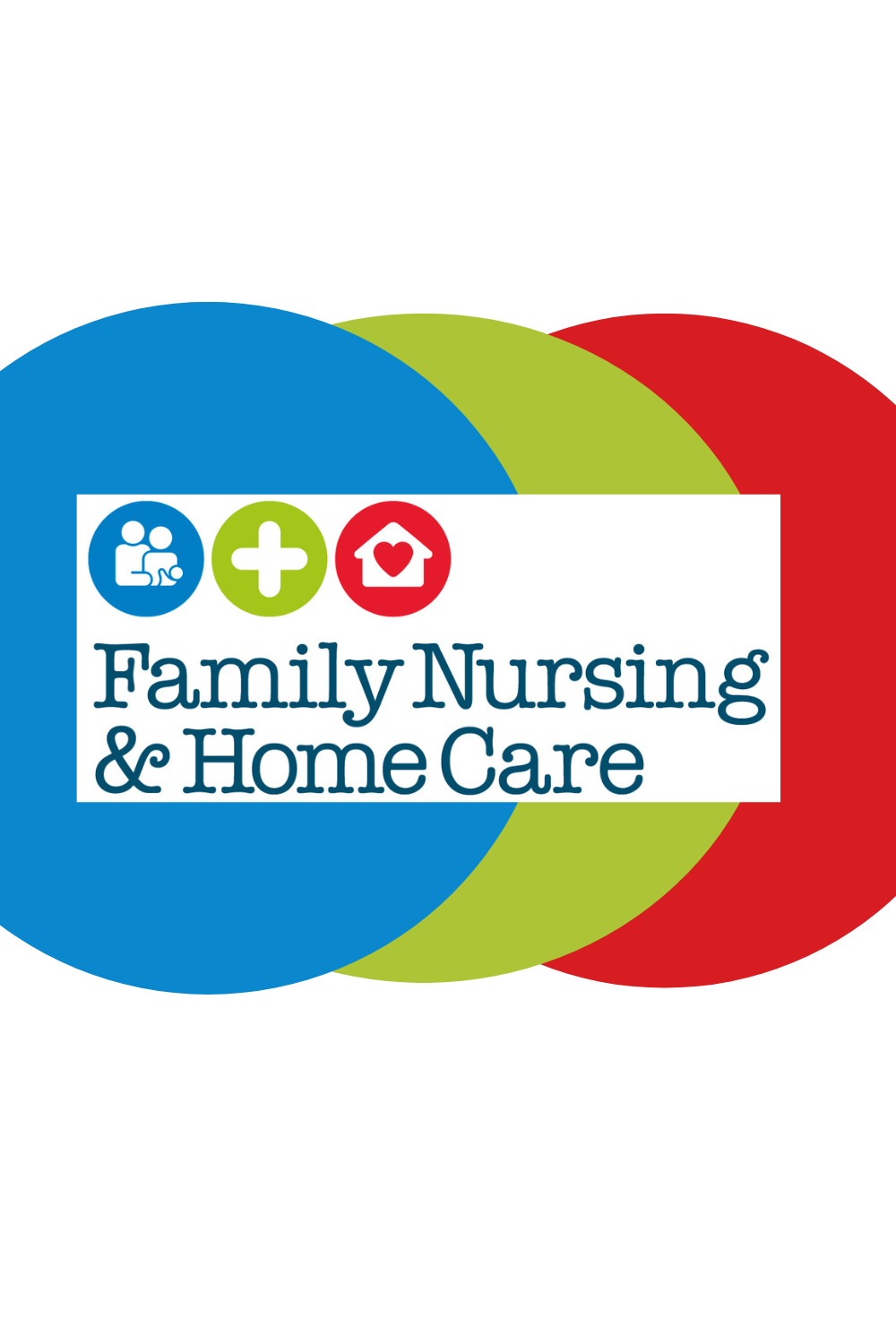April 4, 2025
FNHC / SPB Safeguarding ‘Adult at Risk’ and Child level 2 Course
Britannia Place 93 Bath Street 2 Britannia Place , Bath Street JE2 4SU Saint Helier
Details
Safeguarding is part of day to day practice within community care and learning from the work we do is essential to improve practice and provide quality care. This course is run in conjunction with the Safe Guarding Partnership Board. This course is an Adult and Child Safeguarding course. By the end of this course you will be able to: •Define the term ‘Adult at Risk’ in relation to Adult Safeguarding and the criteria required to make a Safeguarding Enquiry •Explain how the Safeguarding Adults procedure supports ‘Making Safeguarding Personal’ •List the 5 principles of Capacity as outlined in the Self- Determination and Capacity Law (2016) •List the 12 categories of abuse as well as their signs and indicators •Identify at least 5 barriers that can prevent the effective safeguarding of an adult at risk •Know when and to whom suspected abuse should be reported Define what is meant by the terms ‘Safeguarding’ and ‘Child Protection’ •Recognise how society’s beliefs, values and attitudes, procedures and laws towards children and child abuse have changed over time •List the four main categories of abuse, as well as their signs and indicators, and identify current and emerging risks •Identify at least 5 barriers that prevent children and young people from being effectively safeguarded •Respond effectively to concerns about the safety and welfare of a child/young person following their organisation and SPB Policy and Procedures Why should you attend? To ensure they maintain and improve the standard of Safeguarding Adults and Children. Everyone working to support people with care and support needs has a responsibility to identify and respond to concerns about safety and welfare. Everyone has the responsibility to follow their organisation and Safeguarding Partnership Board Policy and procedures. What skills will you take away? Define the term “Adult at risk “in relation to adult safeguarding and the criteria required to make a Safeguarding Enquiry. Explain how the Safeguarding Adults procedure supports “Making Safeguarding Personal” List the 5 principles of Capacity as outlines in the Self-Determination and Capacity law (2016) List the 12 categories of abuse as well as their signs and indicators. Identify at least 5 barriers that may prevent the effective safeguarding of an adult at risk Know when and to whom suspected abuse should be reported Define what is meant by the terms Safeguarding and Child Protection List 4 main categories of child abuse as well as their signs and indicators and identify current and emerging risks Recognise how society’s beliefs, values, attitudes, procedures and laws towards children and child abuse have changed over time. Respond effectively to concerns about the safety and welfare of adults, young persons and children following their organisations and Safeguarding Partnership Board policy and Procedures. Why should you pay? Safeguarding Adults and Children is not an additional aspect of healthcare practice that a health care practitioner can choose whether to do or not. Rather it is an essential integral element of health care practice. The Knowledge and skill that are learnt and reinforced during the course are designed to improve your ability to confidently identify and respond to concerns about possible abuse and neglect. Discussing key principles and categories within the session to provide continuous awareness and intervention for Safeguarding Adults and Children. Legislation will be reinforced to impress the importance of accountability for Safeguarding Adults and Children. These skills may prove priceless to help identify an individual at risk and protect an individual. Safeguarding may be mandatory in healthcare. However, the skills learnt on the course may also help identify an individual outside a registered health care environment that may be suffering abuse and in need of help. What are the smart learning outcomes for the course? Specific - Receive a certificate of attendance Measurable – Skills gained may be built upon existing knowledge and further knowledge on future courses Achievable – During the session, your existing knowledge will be tested through Quizzes and answers will be discussed within the group. Case studies will be introduced with group discussions to allow exploration of an adult as risk and appropriate steps to take following safeguarding guidelines. Group work to enable communication and exploration of topics and feeding back to the main group. Reiteration of the law to embed the responsibility of an individual to follow and uphold Safeguarding procedures. Acknowledgement that participants are learning resources as well as learners. Awareness that safeguarding is a sensitive subject, the course is taught with respect for the feeling, experiences and perspectives of all participants. Relevant – All aspects of the course implement of the importance of Safeguarding adults, young people and children. Reinforcement of the term “Adult at Risk”, reinforcement of identification of categories, their signs and indications, reinforcement of knowing when and to whom suspected abuse should be reported, may improve the quality of life, wellbeing and safety of an individual. PRIVACY STATEMENT – The information collected during the booking of any Family Nursing & Home Care education event will be used by us to update our training & attendance records, and the data will be stored on a secure portal where access is restricted to the our Education & Development Team. This data will be retained in line with our retention policy. Other than with the course instructor, your data will not be shared with any other third party except with your express consent or unless permitted/required by law. The information you provide via the Eventbrite booking system will be processed in accordance with the Data Protection (Jersey) Law 2018 and under their privacy policy. For more details concerning data privacy refer to our Privacy Notice at Privacy Policy | Family Nursing & Home Care (fnhc.org.je)
